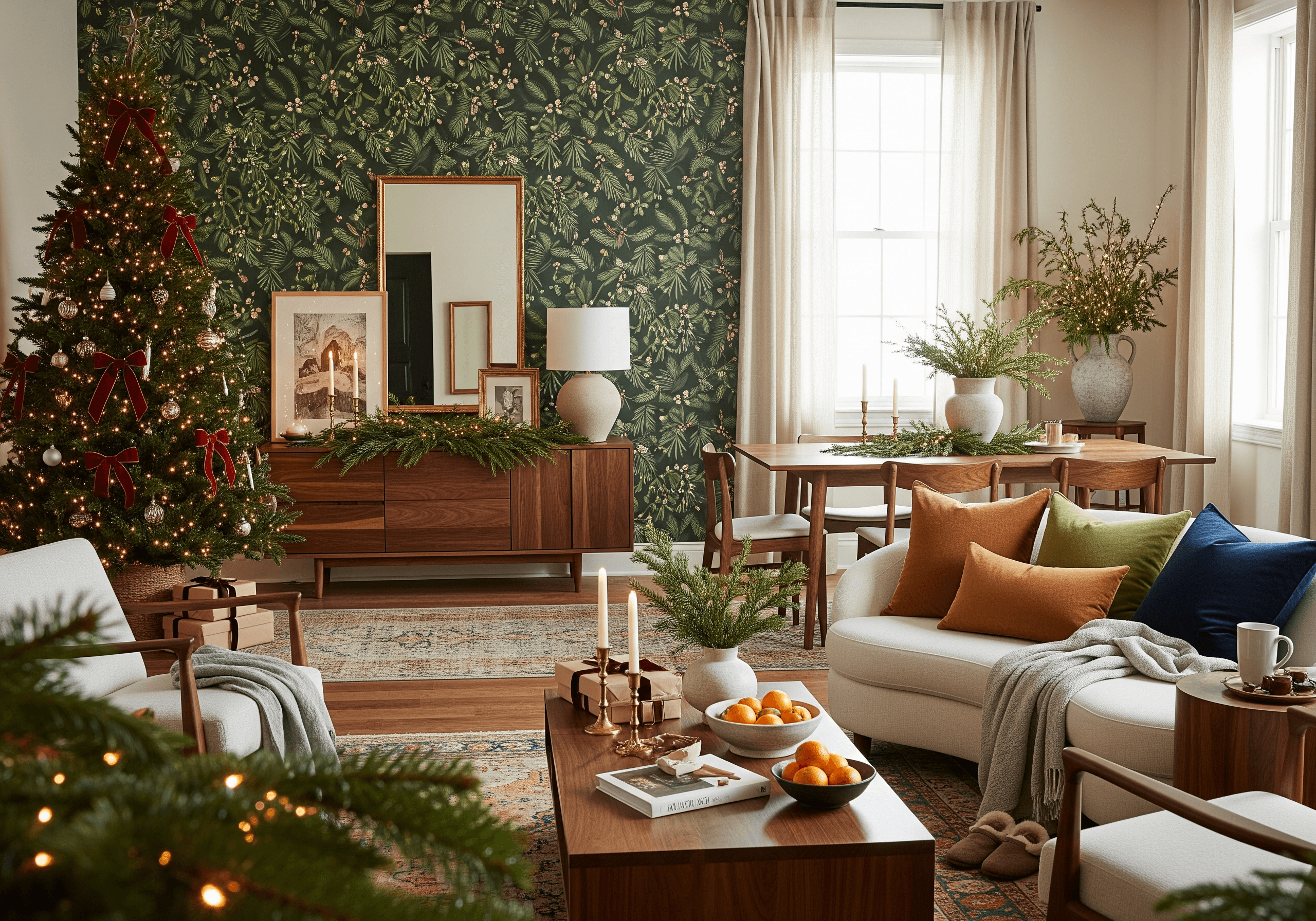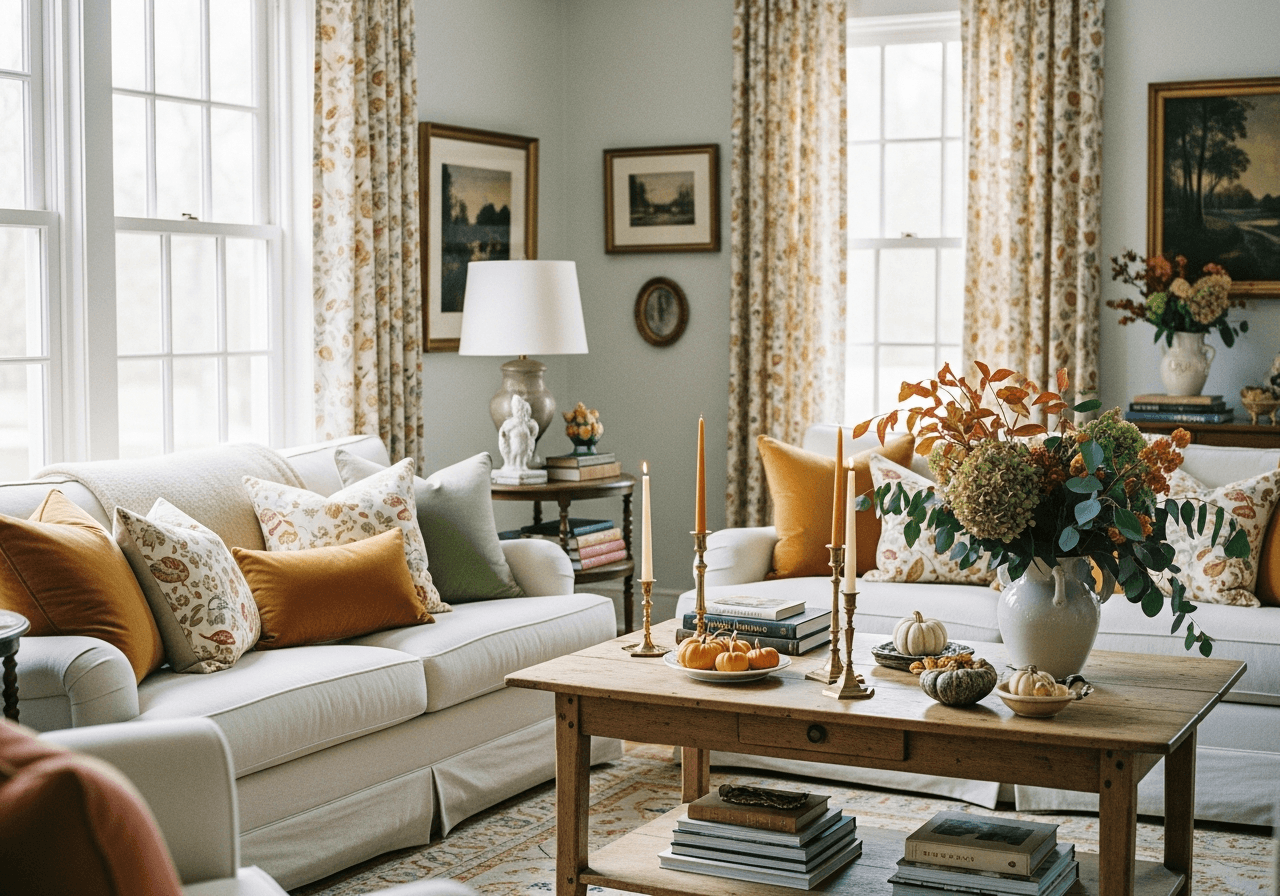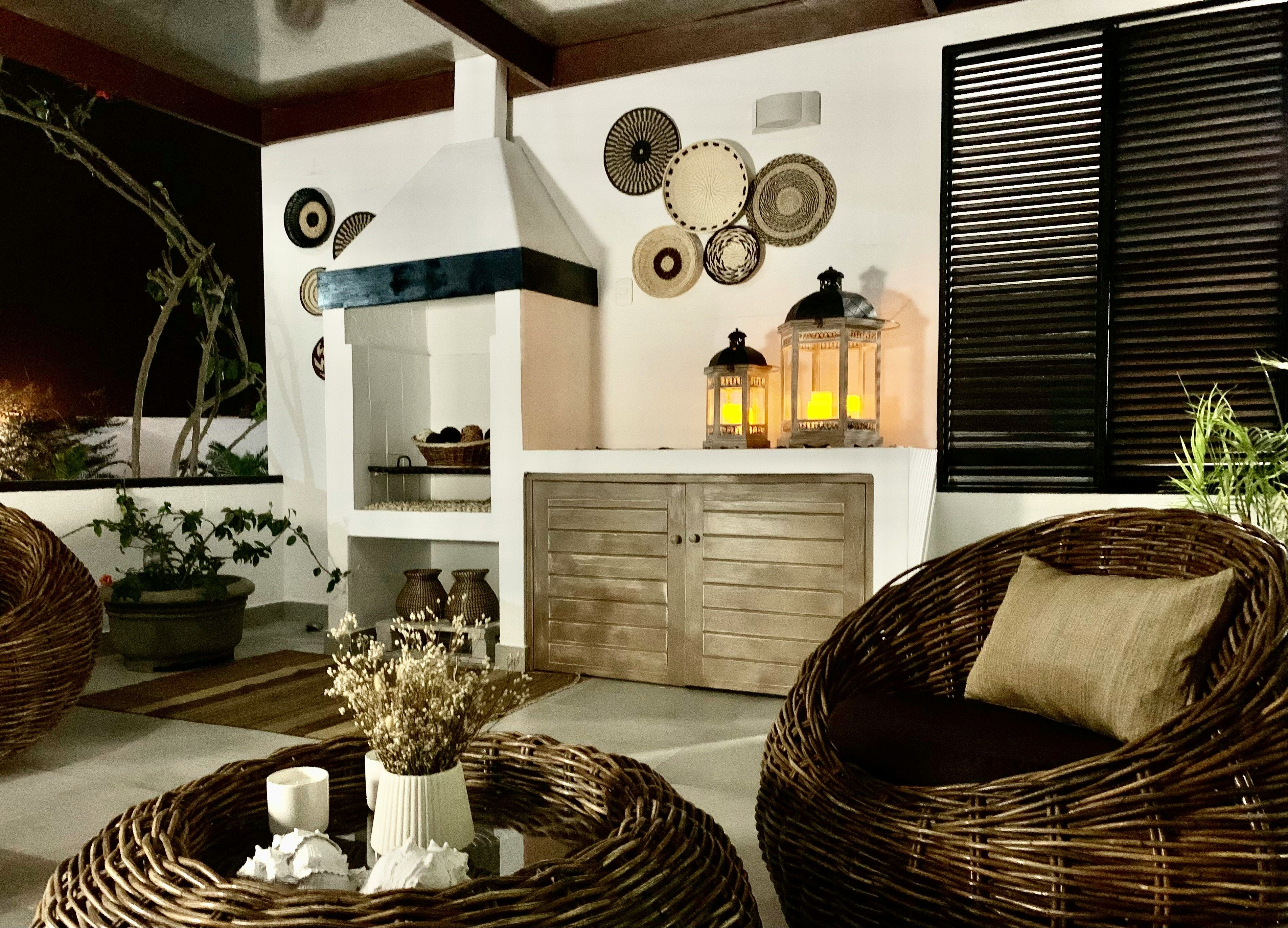How Gamification and Creativity Can Intersect
Gamification is a technique that uses game mechanisms, strategies, and visual elements to establish a 'play-and-reward' structure. While it sounds tech-heavy, you probably encounter gamification more often than you realize. Any app or platform that encourages you to build a score, unlock levels or take any kind of action to move forward, is gamified - especially if you feel a sense of accomplishment afterward because you've 'won' something in the game.

As a whole, the gamification industry is expected to be worth $40 billion by 2024 and is an essential component of any modern technology. But what does gamification have to do with creativity? Well, in both business and leisure, it's been proven that there are strong ties between gamification and innovation. Here's how:
Generating and Sharing Ideas
In gamified user experience (UX), there is less pressure on participants to quickly provide original ideas. By having a reduced structure, where users can try, fail or succeed, and try again, people can reach any untapped creative potential they may have.
Gamification also facilitates cross-ideation and cross-collaboration, particularly where teams or communities are present. Because users are eager to advance in the game, they learn to work together and to take inspiration from other players. Even informal competition empowers people to do their own research and explore avenues they previously would not have considered.
For example, the DecorMatters app uses gamification features to help users design a home at their fingertips. With a community of over four million, there is huge scope to play, be influenced by, and creatively grow from others.
Promoting Mindfulness

On average, humans spend 90 percent of their time indoors. Gamification can serve as a form of escapism during that time - particularly in the pandemic lockdown. Gamified components encourage positive well-being because they reward users for things like reading useful content or tips on how best to progress in the game. This generates a cycle where users both feel good about their performance and learn new information. Think of it as a kind of mental stretching for your brain.
At the same time, in areas like interior design, gamification can be a type of art therapy. Users can learn how to express themselves across different mediums, and to channel their creativity in healthy, judgment-free ways. Not to mention, dedicating time to play can nurture mindfulness because it teaches users to commit to a project, really think about placement, coloring, textures, and very tactical sensations, as well as aesthetic ones.
For instance, with the DecorMatters app, users don't have to worry about costs, potential mistakes, or delivering a finished product. Instead, the process is purely recreational, something to have fun with, to stimulate brain activity or to simply hone in on.
Building Transferable Skills
Contrary to usual feedback methods, gamified platforms give users real-time praise and suggestions as they go along, allowing them to build confidence in their skills. Feeling more creative can even lead to reduced anxiety, depression, and stress.

When it comes to interior design, people often have reservations about their capabilities if they don't consider themselves the 'artistic type'. What apps like DecorMatters do is transform interior design into a creative outlet that can be accessed by anyone. The frequent challenges push users to try new styles and rooms, win badges, and collect points by participating and voting for the best designers. The game is open to everyone and therefore a chance to develop a wholly new skill or interest that can benefit users in their general day-to-day lives.
As users come to place value in the projects they are working on as a game, they could find that they apply the skills elsewhere. Writing, organizing, and even critical thinking can all significantly benefit from heightened creativity.
Triggering Real Emotions
Beyond the science of gamification, gamified processes can trigger real, powerful emotions in people. It lowers the barriers of behavioral norms and routines, opening up a fresh space to delve into creativity.
In fact, research shows that gamification participants score 14 percent higher on skill-based assessments, highlighting how the technique can help users excel in niche areas. By motivating people to interact with a plot, theme, or any kind of story, gamification enables users to navigate through and become familiar with new pathways. This curiosity, combined with problem-solving, is a solid foundation for creative minds.
If you love interior design, DecorMatters transforms the process into a fun, relaxing, and rewarding game! Be sure to check it out, and we may even see you on the leaderboards!
UP NEXT: What We Expect to See in the Interior Design Industry Within the Metaverse










 17h left
17h left


